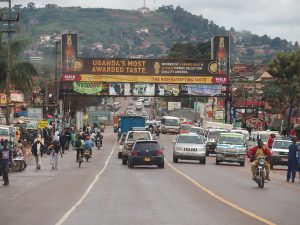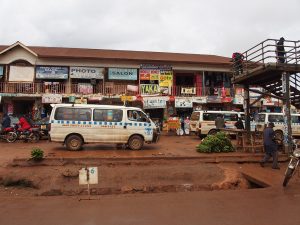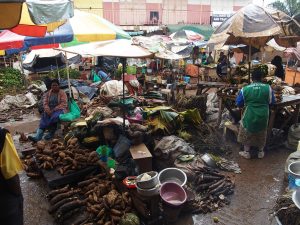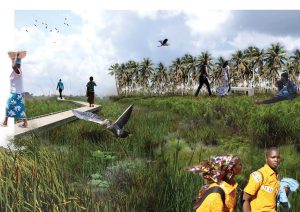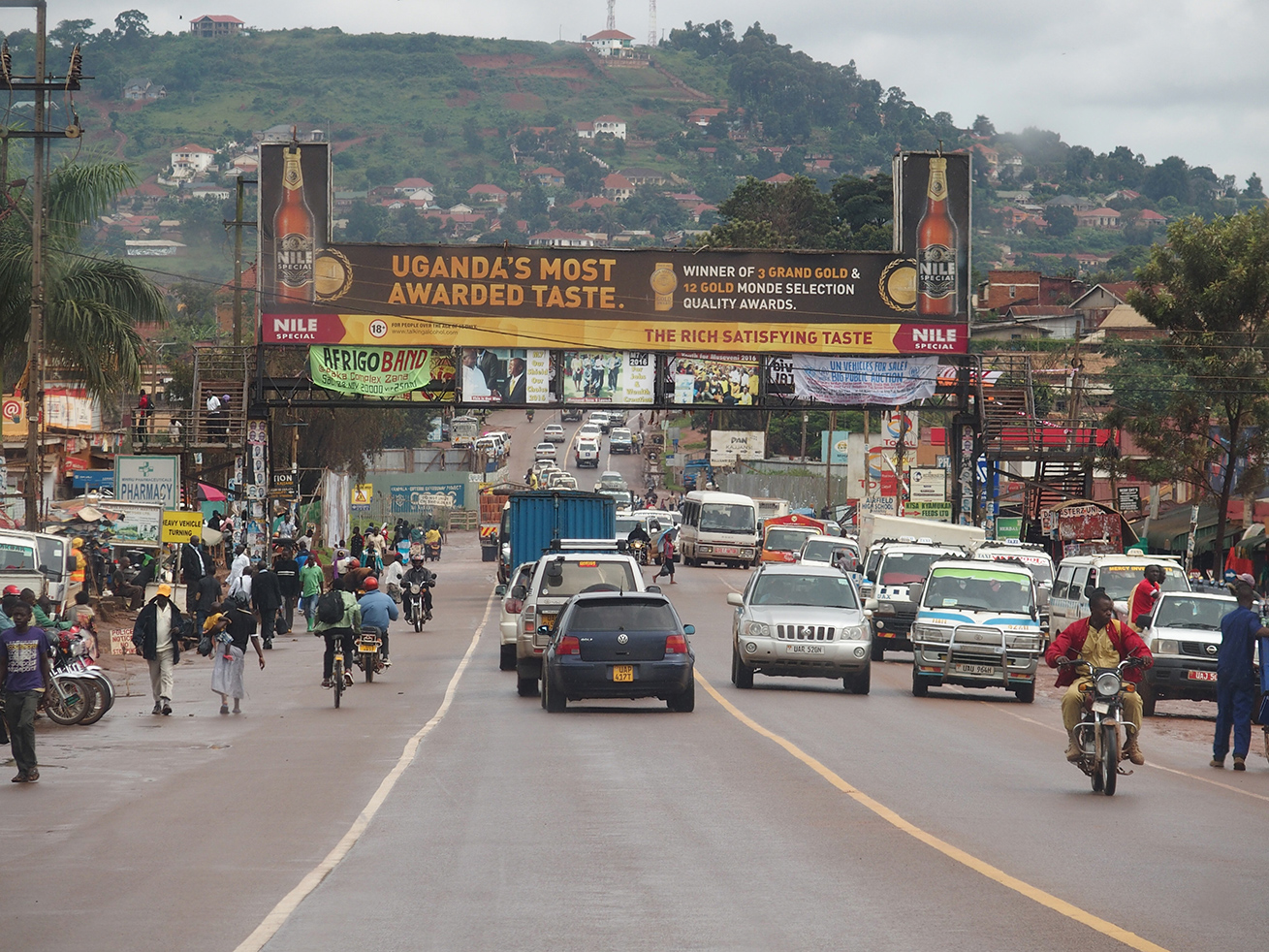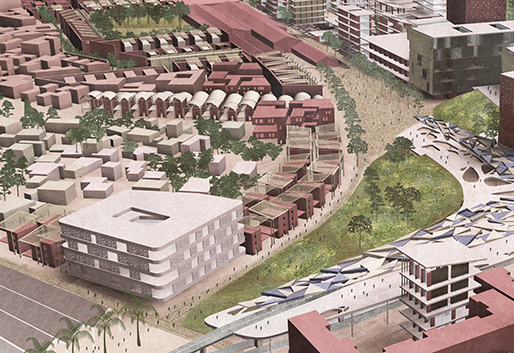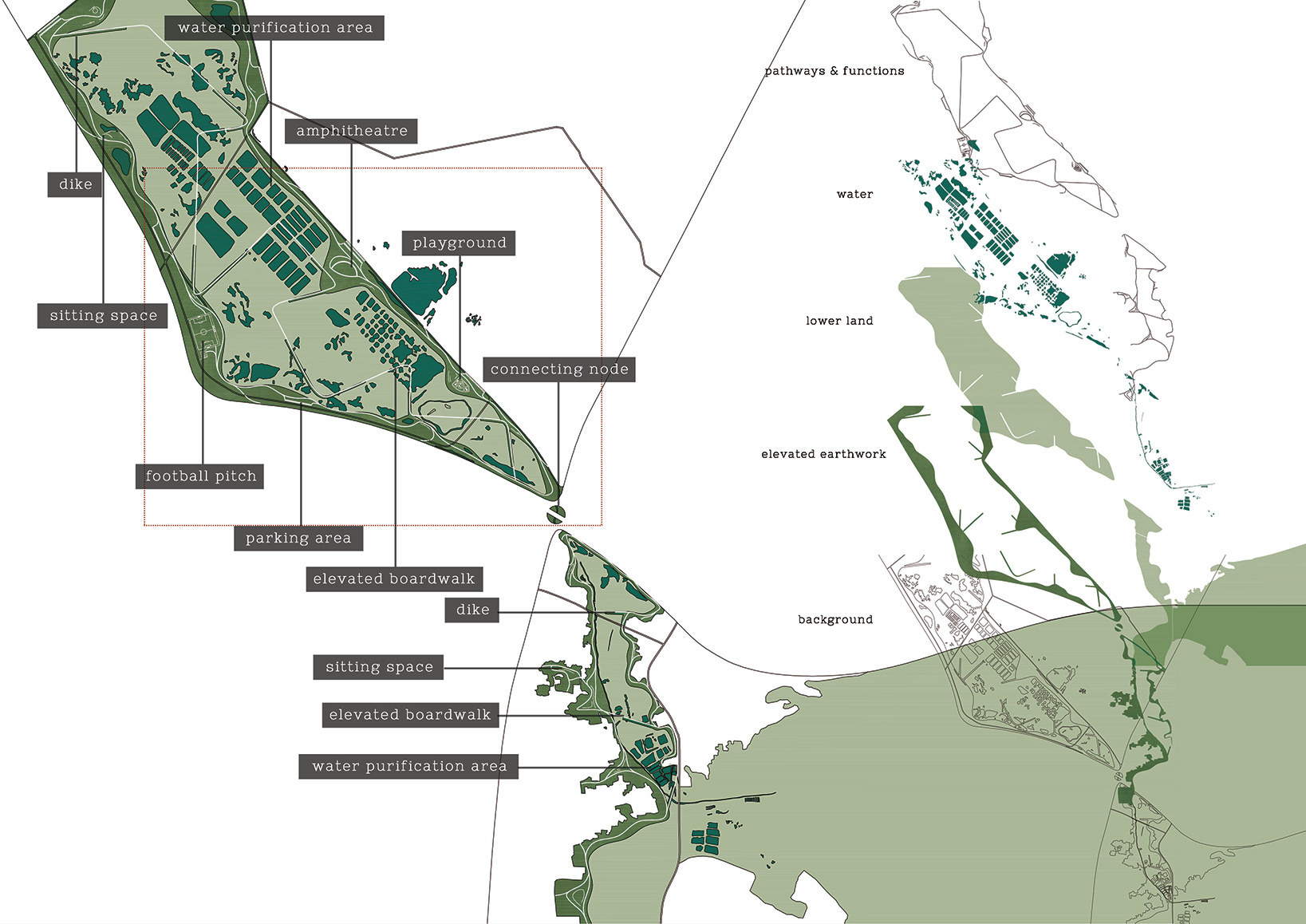Spatial Development Framework for Kajjansi Junction
Spatial Development Framework for Kajjansi Junction
Location: Kajjansi, Wakiso District Greater Kampala, Uganda
Project type: Wakiso District, Kajjansi Town Council , ULGA
Funded by RVO Netherlands via Impact Cluster Program
Year: 2016-2019
Client: Wakiso District, Kajjansi Town Council , ULGA
Funded by RVO Netherlands via Impact Cluster Program
Consortium partners: VE-R, MOVE Mobility, Studio Akeka, TwentyOne
Kajjansi is a town in Central Uganda. It is one of the urban centres in Wakiso District and part of the wider influences of the emerging metropolis of Kampala. The Kajjansi area is not only well-known because of its regional market, the area holds many different large industries, institutions, housing estates and companies. The new Junction connecting Entebbe-Kampala Road to the Southern Bypass and Entebbe Expressway created a major change and opportunity in the area. In conjunction with the planned Bus Rapid Transport System with its endpoint at Kajjansi and the recent status upgrade from a village to a town is a promising perspective for Kajjansi, At the moment the energy, waste, drainage and water issues in the area, combined with the major infrastructural, spatial and mobility interventions in the close vicinity of the market and the presence of a variety of local businesses, can become a huge challenge. However, it can also present a great opportunity to develop Kajjansi in a sustainable, circular and inclusive way, so that the area can become a growing economic engine for the community and potentially develop into the second metropolitan node of the Kampala region. This requires an integrated spatial strategy and a highly skilled and experienced team that oversees each component of the strategy.
The Kajjansi Junction Program had the development of this fast growing urban area in Uganda as objective in such a way, that it creates value for the local businesses and communities and at the same time make use of the potential this location has to become a more dense, multi-functional and mix-use Transit Oriented Development hub.
The preparation stage of the program was highly participatory, with the relevant stakeholders fully involved in the process of project identification. This was continued after this inception stage in a two fold development phase: First a thorough analysis of the local situation has been made in which mobility, infrastructure, environmental assets and constraints, current business development and obstacles and spatial opportunities were given insight and full comprehension by all stakeholders. The second phase consisted of design sessions in which the Spatial Development Framework (SDF) was drafted with the key stakeholders.
This resulted in a development plan around a new Public Transport Interchange hub in combination with redevelopment areas with raised density and mix-use functions. The SDF also hold the smaller scale of regeneration in a phased stage of the existing market, in which the current vendors are being supported and the new profile of Entebbe Road made beneficial to the market vendors, costumers, taxi’s and boda’s. The third level is the large, more regional scale, in which the Urban Accelerator function of Kajjansi Junction is explained and guided through wetland restoration and robust ecological design and new town developments like Nakigalala Eco-City.
